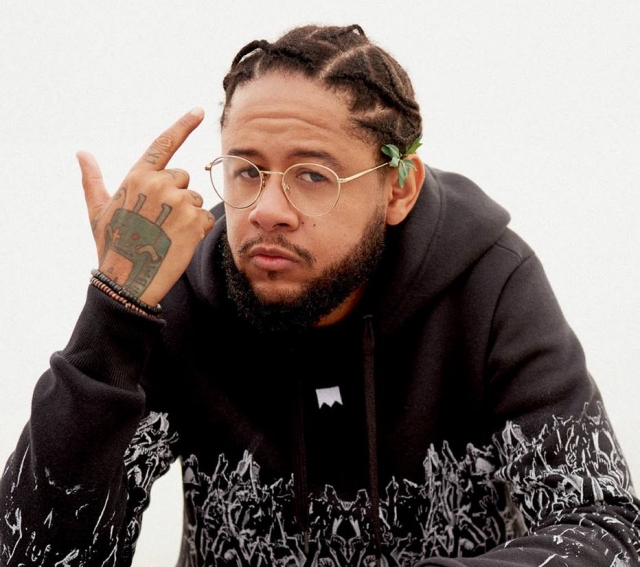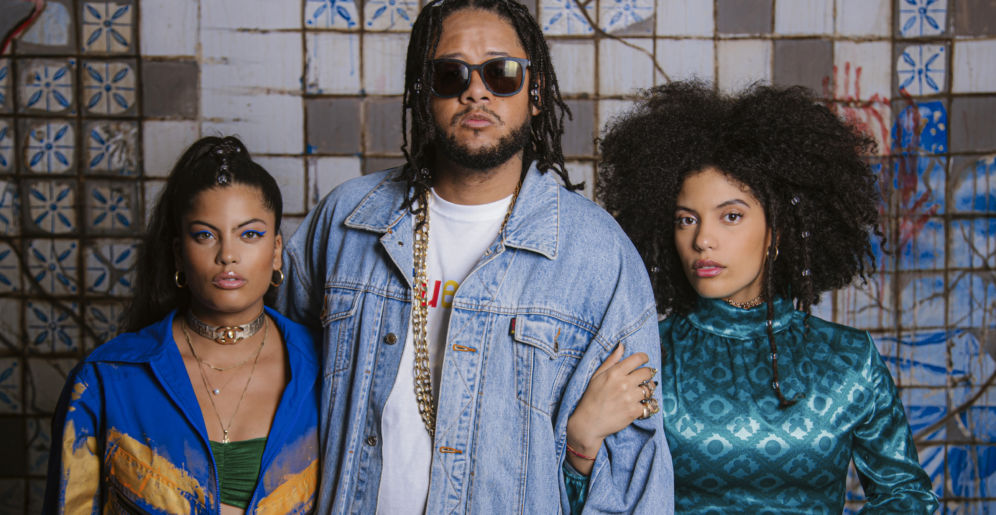I have spent some time in Brazil. Have been touched to my core by what I saw. What I heard. The experiences I had there.
During the Atlantic slave trade, Brazil received the largest number of enslaved Africans in the western hemisphere. So no surprise there is a richness there. In many ways, especially culturally, Brazil has an impact that is an ibeyi (a twin) of African America’s worldwide cultural impact.
It is is therefore perfectly natural that there is a rapper out of Brazil who is doing wondrous work. Between Afro-Brazilians and African-Americans the confluences and divergencies are too numerous to grasp in one setting, so I will limit this discussion to the example of rapper Emicida.

Emicida is a young, 21st century Brazilian artist whose work, were it not for the divergence of language–they speak Portuguese–could easily pass for contemporary African American rap by the sound of it. But you can’t judge a book by looking at the cover, listening to the words.
He may look average but he’s wide a/woke. Writing words and directing aural explorations that reach for higher heights. Successfully. Grasping the fullness of the music, of our lives, the subtleties as well as the larger-than-life expressions. Brother man, Emicida be doing it.
When I heard he did a song with Ibeyi (the Afro-French-Cuban duo of sisters Lisa-Kainde Diaz and Naomi Diaz), I immediately wondered what that sounded like. Ibeyi sing in English, French, Spanish and Yoruba. Emicida raps in Portuguese. The result sounds and resounds like the mixture of cultural ancestries, realities, and influences we all actually are, even when we are not aware that we are more mixed than mono-cultural.
His videos range from documentations of performances, visual favela (ghetto) tours, animations, and short story narrations, to straight up dance videos. Although the visual and kinetic representation of young, Black (of varying shades) bodies can become a visual opioid, especially the way videos portray women, his work is never boring nor merely sexy for the sake of soft-pornography. While the duo with Ibeyi (which is itself a duo) revels in the black body/butt fetish, the joyfulness of the dance/song is also undeniable.

And just when you think this is the same-o, same-o emphasis on sexiness, he drops “Mae” whose lyrics enrapture his audience at a performance. They sing along with him. And they tear up. Literally cry. Seriously. Crying and singing a rap song. A whole audience. You don’t believe it? Behold!
A feature on NPR helped me understand Emicida’s intentions without being able to comprehend the language.
The range of issues he confronts and the positions he declares are astoundingly broad. Perhaps the spirit reach of his awareness has to do with the fact that he was a voracious reader. Even as a popular rap artist, he makes “Passarinhos“, a video that foregrounds his love of reading. It is hard to imagine any American rapper projecting a similar seriousness about literacy.
No surprise then, that Emicida takes his artistry seriously and deals with a wealth of issues not usually discussed on rap songs. For example, “AmarElo” gut checks the struggle to stay sane. The long dialogue that opens the song is disturbing in its confrontation of combating the mental health issues inherent in dealing with day to day racism. You won’t hear this song on most top-40 radio in “the states” (as the USA is sometimes referred to overseas). But following the opening dialogue, Emicida dives 20, 30, 40 leagues deeper. In the same song he raises non-binary gender issues. Here is both a studio and a live version of “AmarElo”.
I will end, for now, with this tender ode to single mothers struggling to raise their daughters.
That one popular artist truly reps both the problems as well as the profundity of our humanity in dealing with our issues, well, that’s bringing the noisz louder and prouder than we usually hear it dropped.

On the real side, this is what our art should always be about. Not just entertainment. Yes, no doubt we need entertainment, need to be able to take a break and simply enjoy ourselves. However, 24/7/365, we also need truth and beauty.
Creating truth and beauty is the zenith. Moreover the totality of truth also deals with and confronts how we sometimes lie and be ugly with each other and with our selves. Nevertheless, regardless of whatever, for those of us who would be truly beautiful artists the struggle is to make real art. Real art.
Art that is the real deal. Does more than only be popular. Real art encourages us. Inspires us. Assists us. Keeps us woke. Spirits rejoicing. Yes. At its best, popular art can be more than just “here-today-gone-tomorrow” commercially successful but full of cliches, simplicities, and an utter lack of dealing with the contradictions of daily existence.
To be true, art can and must be deeply and irrepressibly profound. Must go beyond what will be forgotten when the next hot thing comes along.
Thank you Emicida. Thank you for the heart in your art. The truth. The beauty. Thank you.
